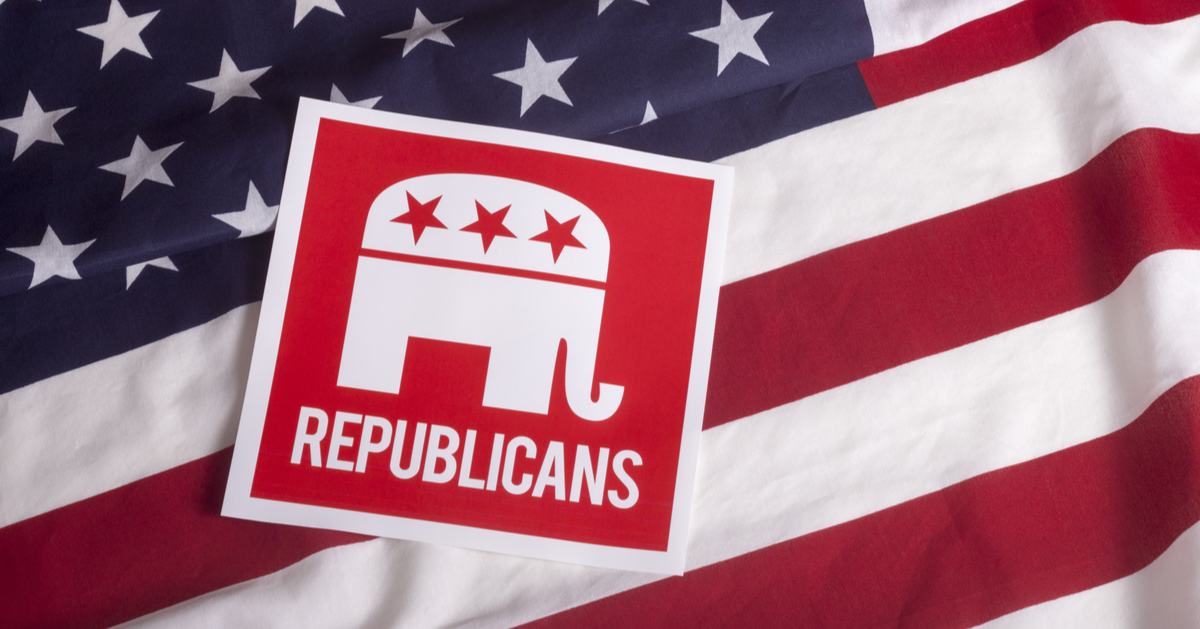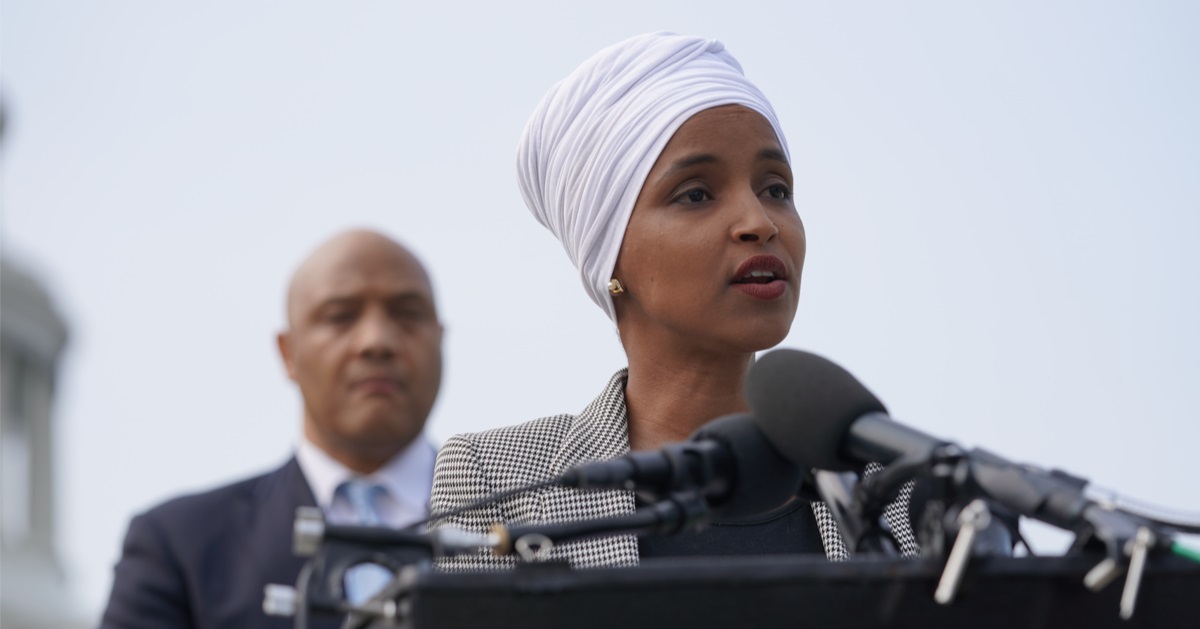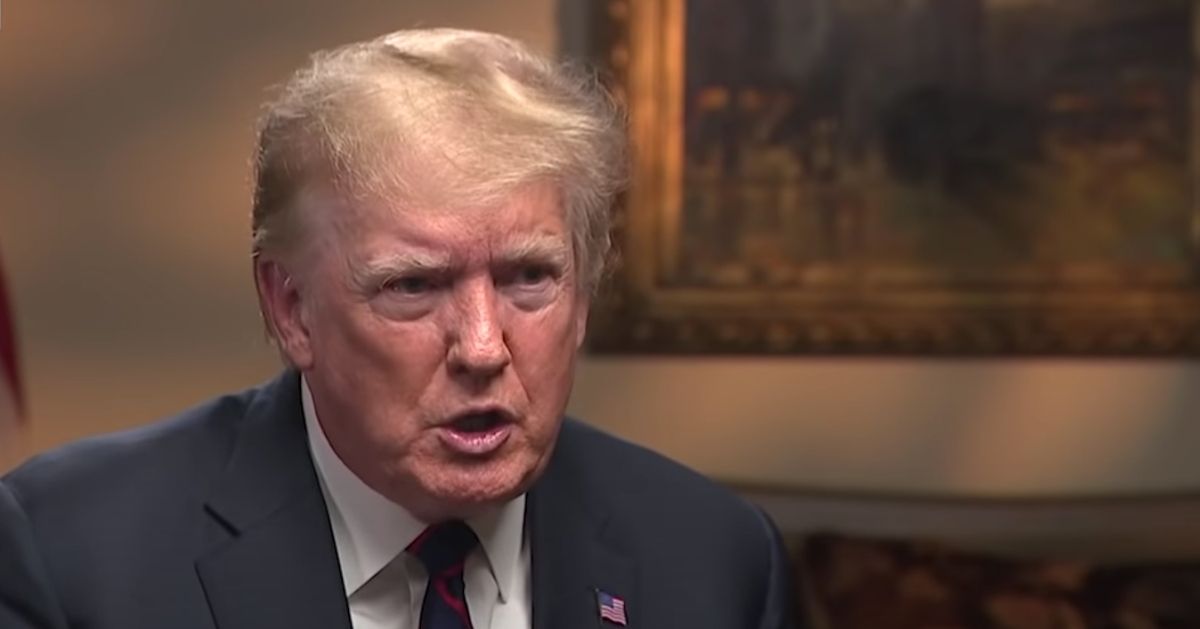Trump’s tariff revenue plan encounters major hurdles
Hold onto your wallets, folks—President Trump is pitching a bold idea to hand out at least $2,000 to many Americans using tariff cash, but the road to those checks is looking bumpier than a backcountry trail.
Trump’s latest proposal, floated over the past weekend, aims to ease affordability woes with direct payments from tariff revenue while facing a gauntlet of legal, logistical, and political challenges, The Hill reported.
This isn’t the first time Trump has dangled the idea of a rebate—earlier mentions came in July, the summer, and early October, each time teasing relief for lower and middle-income folks.
Legal Battles Loom Over Tariff Powers
Now, as the proposal gains steam, it’s hitting a wall with a Supreme Court case questioning Trump’s use of emergency powers to slap on broad tariffs.
The administration is warning that a ruling against them could force refunds of collected funds, kneecapping their trade strategy faster than a progressive policy at a MAGA rally.
Government lawyers argued before the court that these are “regulatory tariffs,” with revenue as a mere side effect, but skeptics aren’t buying that spin.
Budget Math Doesn’t Add Up Yet
Then there’s the cold, hard math—economists at the Tax Foundation point out that new tariffs have brought in $120 billion, netting just $90 billion after tax offsets, while a $2,000 payout for adults under $100,000 income could cost nearly $300 billion.
Even the Committee for a Responsible Federal Budget notes that if the court upholds the tariffs, it might take seven years to gather enough revenue for these dividends. Talk about a long wait for a paycheck!
On Sunday, Trump took to Truth Social to defend his plan, promising “a dividend of at least $2000 a person (not including high income people!) will be paid to everyone,” but critics are already sharpening their knives.
Political Pushback from Unexpected Corners
Even allies on the right are raising eyebrows, with The Wall Street Journal editorial board calling it a sly “income redistribution game” that masks tariff pain with handouts. That’s a zinger from friendly territory, and it stings.
Public sentiment isn’t exactly cheering either—polls show 65% of Americans, including 72% of independents, disapprove of Trump’s tariff approach, especially as affordability remains the top voter concern in recent exit polls from states like New Jersey and Virginia.
White House National Economic Council Director Kevin Hassett admitted the affordability crunch, stating, “The fact is, the people are still down about $2,000 relatively to what their purchasing power was when Joe Biden took office.”
Congress Holds the Purse Strings
Yet, Congress holds the keys to this plan, and approval is far from guaranteed, as Hassett himself emphasized, noting the president will need to hash out details with congressional leaders.
Meanwhile, Treasury Secretary Scott Bessent dodged specifics on ABC’s “This Week,” suggesting the payout could take “lots of forms,” possibly tied to recent tax cuts, leaving more questions than answers. If this is a plan, it’s about as clear as a foggy morning.
Trump doubled down on Monday via social media, claiming leftover funds after payments to low and middle-income citizens would chip away at the $38 trillion national debt, but with costs potentially ballooning to $600 billion per some estimates, that’s a tall order. Still, the fight for economic relief is one many Americans can rally behind, even if the path is fraught with obstacles.






